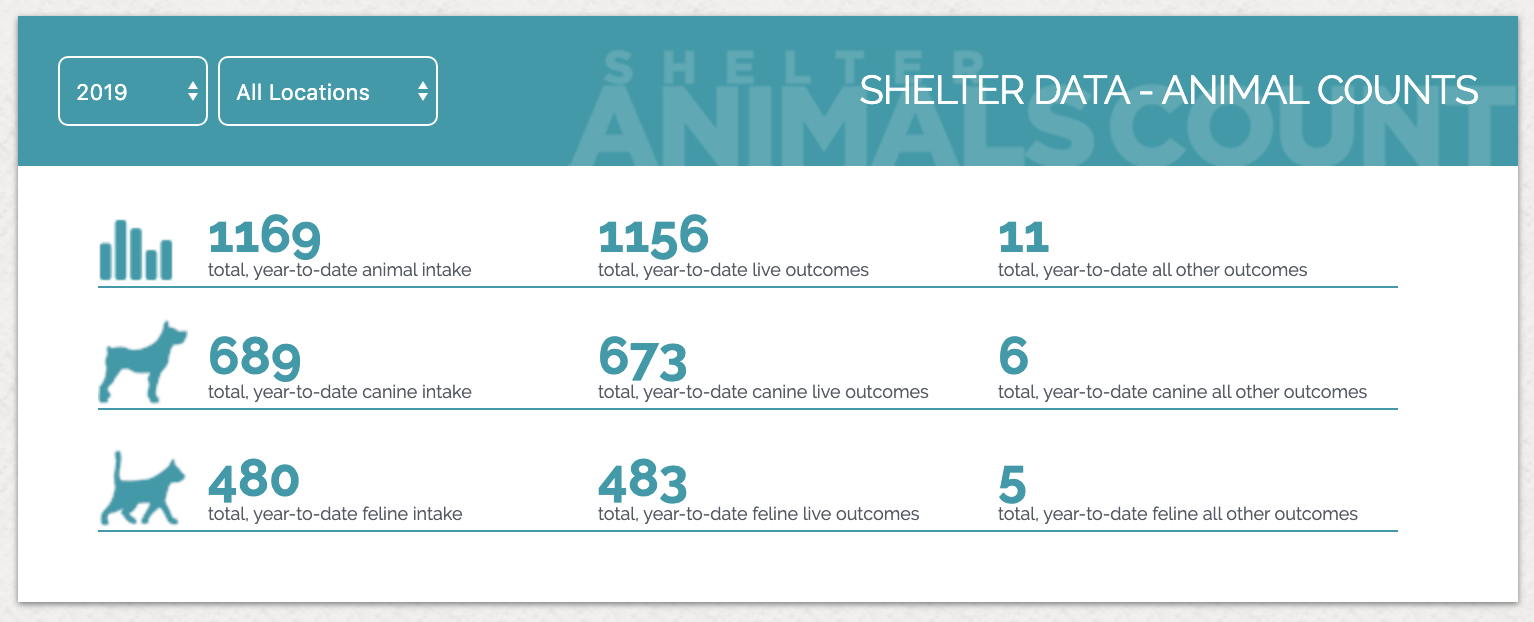No Kill Policy
The Humane Society of South Coastal Georgia adheres to a No Kill Policy where all healthy and treatable dogs and cats are saved.
The Humane Society of South Coastal Georgia’s goal is to save all dogs’ and cats’ lives, but No-Kill does not mean that no animals die in the shelter. The following definitions embody what we believe are responsible and compassionate guidelines to assist in making a decision to end an animal’s life.
Healthy: Weaned dogs and cats who at, or subsequent to, the time they are admitted to our shelter have manifested no sign of a behavioral or temperamental defect that could pose a health or safety risk or otherwise make the animal suitable for placement as a pet; and have manifested no sign of disease, injury, congenital or hereditary condition that adversely affects the health of the animal; or that is likely to adversely affect the animal’s health in the future.
Treatable: Any animal who is not healthy but who could become healthy with reasonable effort. Whether an animal is “treatable” is determined by balancing four primary factors: 1. diagnosis, 2. prognosis, 3. painful rehabilitation or otherwise suffering, and 4. length of rehabilitation.
Non-Rehabilitatable: Any animal with a condition that is not curable or behavior with such a poor prognosis that the animal poses a significant risk to human health and/or safety, or to the health and/or safety of other animals. We acknowledge that truly vicious dogs cannot be placed in the community and these dogs are euthanized. From a behavior standpoint, we believe that they are properly classified as non-rehabilitatable. However, the Tompkins County, New York, SPCA has developed a rigorous protocol to ensure that no scared, shy, frightened, treatable, or under-socialized dogs or cats are euthanized, while ensuring that vicious ones are not placed in the community; and it is our conviction that HSSCG should adopt and use these protocols.
Irremediably Suffering: A non-rehabilitatable animal in severe pain.
Public Policy: Any animal ordered destroyed by a court of law or other government agency other than the Department of Animal Control.
Priority of Resources: The shelter will make every attempt to treat each animal that needs assistance. We can not, however, let the life of one animal jeopardize the continued care of all of the animals at the shelter. Therefore, on a case by case basis, the Director of Operations in conjunction with the Board Liaison will evaluate the resources available to treat animals needing assistance.
Authority to Euthanize and to Administer Injection: The decision to euthanize a shelter dog or cat due to medical reasons will be made jointly by the staff Veterinarian and the Shelter Director. The decision to euthanize a shelter dog or cat due to behavioral issues will be made jointly by the staff Veterinarian and the Shelter Director after consulting with the animal welfare staff who interact on a daily basis with the animal. Only a veterinarian will administer the appropriate injection to a sedated animal.
Lifesaving Percentage: 99.06 %



